Intentar ORO - Gratis
STRAIGHT WINGS VS. SWEPT WINGS
Flight Journal
|September - October 2021
F-84 Thunderjets & MiG-15s over Korea

In the fall of 1950, the increasing numbers of MiG-15s based just north of the Yalu River caused great concern with the Far East Air Force (FEAF), and when these swept-wing fighters started coming south of the river in November 1950, air superiority and safety of United Nations (UN) ground troops were threatened. The call was made to bring the new F-86 Sabres over to Korea to counter the Soviet-built MiGs. The 4th Fighter Wing was the first to respond, but that is not the end of the story. At the same time, there was also a need to bring in a newer fighter bomber that could easily range up to the Yalu and take care of itself in a fight. The F-80Cs were doing a good job of this, but if the MiGs came south of the river in large numbers, the current U.S. Air Force bombers, the F-51 Mustang and the F-80 Shooting Star, could be in for a much tougher job of bombing targets and getting back home unscathed. The Mustangs were also getting old, and heavy maintenance was required to keep their in-service rate up.

The Strategic Air Command (SAC) had a highly trained F-84 wing at Bergstrom AFB in Texas, and it included some of the most combat-experienced fighter pilots from World War II. This was the 27th Fighter Escort Wing and, up until this time, their main task was to fly escort for SAC bombers if WW III started. The unit had already transitioned from the F-82E Twin Mustang to the F-84E and was able to get proficient in the new jet before the orders sent the wing to Japan. General Hoyt Vandenberg approved the request to send one wing of F-86s and one wing of F-84s to Korea.
Esta historia es de la edición September - October 2021 de Flight Journal.
Suscríbete a Magzter GOLD para acceder a miles de historias premium seleccionadas y a más de 9000 revistas y periódicos.
¿Ya eres suscriptor? Iniciar sesión
MÁS HISTORIAS DE Flight Journal
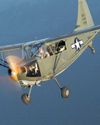
Flight Journal
WARBUG IN THE PACIFIC
Surviving combat in a Stinson OY-1/L-5
10 mins
September - October 2025
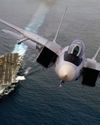
Flight Journal
WINGS OF THE FLEET
Celebrating the U.S. Navy's 250-year legacy
9 mins
September - October 2025
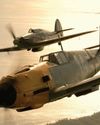
Flight Journal
THEIR FINEST HOUR
85 summers ago, the British Royal Air Force and Nazi Germany's Luftwaffe fought the world's first great air campaign
7 mins
September - October 2025
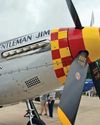
Flight Journal
Warbirds & more at Innovations in Flight
SEVEN P-51S AND THE B-29 “DOC” were among the warbirds that flew in for the Smithsonian National Air and Space Museum's “Innovations in Flight” day on June 14 at the Steven F.
2 mins
September - October 2025
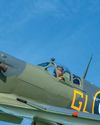
Flight Journal
MALTA SPITFIRE
American fighter ace Claude Weaver III DFC DFM
16 mins
September - October 2025
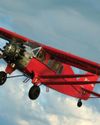
Flight Journal
Pacemaker: Bellanca's 1929 Heavy Hauler
North Country workhorse
2 mins
September - October 2025
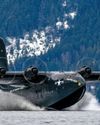
Flight Journal
A TALL ORDER
The final flights of “Philippine Mars”– the last airworthy Martin JRM Mars flying boat
12 mins
September - October 2025
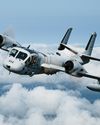
Flight Journal
Mohawk vs. MiG
An unusual air battle over North Vietnam
7 mins
July - August 2025
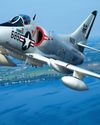
Flight Journal
GOING FOR IT!
A-4 Skyhawks strike hard in the Tet Offensive
11 mins
July - August 2025
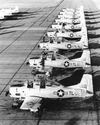
Flight Journal
ZORRO STRIKES
The T-28's secret war in Southeast Asia
15 mins
July - August 2025
Translate
Change font size
